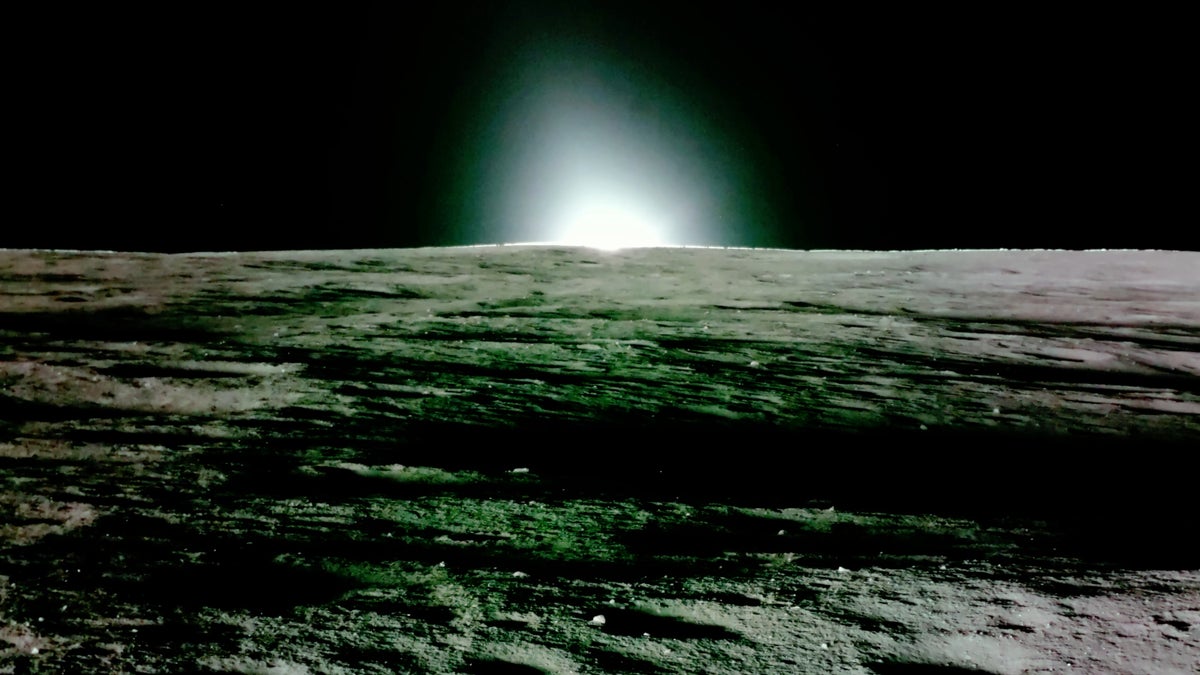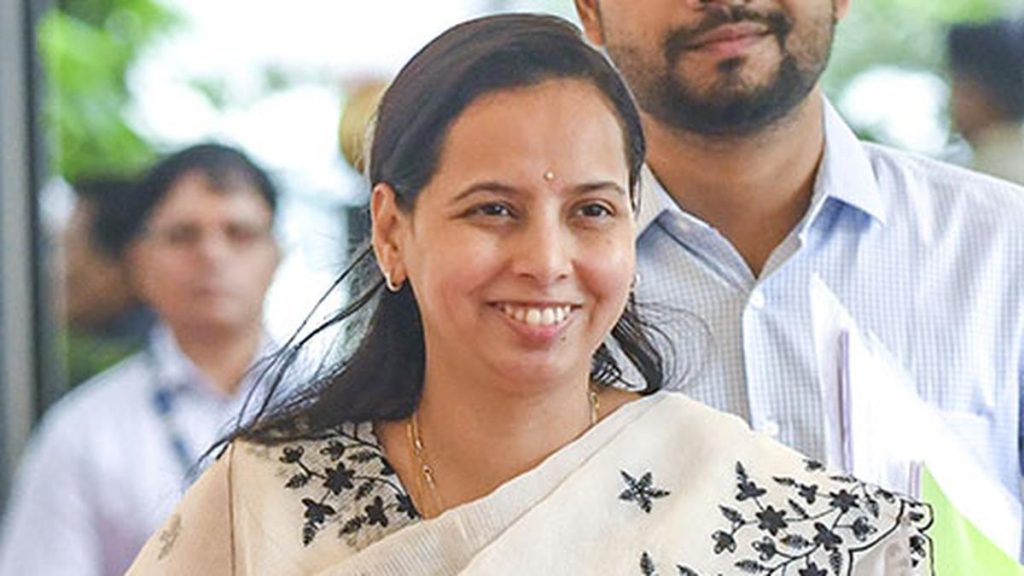Now Reading: Blue Ghost Lander Achieves Milestone in Historic Lunar Mission
-
01
Blue Ghost Lander Achieves Milestone in Historic Lunar Mission
Blue Ghost Lander Achieves Milestone in Historic Lunar Mission

Speedy Summary
- Firefly Aerospace’s Blue Ghost lander concluded its two-week lunar mission, ending as planned on March 16 after sunset on teh Moon.
- The mission, supported by NASA’s Commercial Lunar Payload Services (CLPS) program and Artemis initiative, successfully delivered 10 science and technology payloads to Mare Crisium on the Moon’s near side.
- Blue ghost completed key milestones such as tracking GPS signals on the Moon for the first time, conducting deeper-than-ever robotic drilling into the lunar surface, and observing a solar eclipse from a lunar perspective.
- In its final hours before turning inactive at nightfall, it captured data and imagery concerning lunar dust behavior during sunset transitions.
- Over its duration, the lander transmitted 119GB of data (51GB of scientific details) to Earth.
- The project was part of a wave of private space exploration involving other companies like Intuitive Machines and Tokyo-based ispace.
Indian Opinion Analysis
Firefly Aerospace’s successful Blue Ghost mission signals a growing trend in private companies playing pivotal roles in space exploration.By reliably delivering payloads under NASA’s CLPS initiative and gathering important scientific data from cost-effective missions, privatized efforts are complementing governmental programs like Artemis. India can draw parallels wiht its Chandrayaan missions while exploring opportunities for commercialization within ISRO-led initiatives. as private technology demonstrates potential scalability in areas like GPS utilization or deep-surface analysis on celestial bodies, future collaborations between public agencies like ISRO or international firms could further accelerate India’s lunar ambitions. This advancement underscores an evolving era where global advancements in space will likely arise from combined efforts across nations’ public-private ecosystems.

























